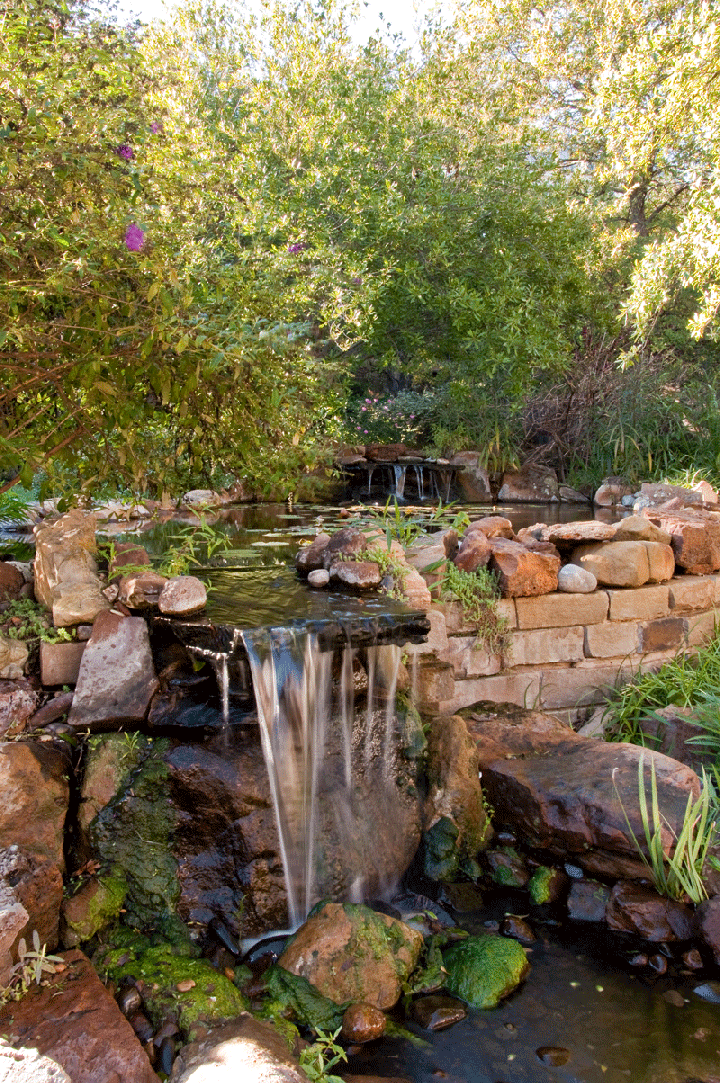Checklist for Getting Started on a New Landscape
September 21, 2016 | By webadmin
Have you been planning on renovating, refreshing or completely redesigning your landscape, but keep putting it off because it just seems so overwhelming? We completely understand! This is where a qualified and experienced Landscape Architect can help. An experienced landscape architect and their team will understand what is required to either renovate an existing landscape, or build a new one, that has the look you desire and works in your space.

Photo courtesy of Living Magazine.
Consider every member of your family. Who in your family will be using the outdoor space? Will pets need a grassy space, or even faux grass? Do you have a kid who obsesses over soccer or a spouse who can’t live without his grill? What about you? Do you need an area to get away from it all and relax? Ask yourself all these questions and be sure to allow for each individual’s needs. Lawn space, an outdoor grill, shaded patio and even a space for a playset should be included in your plan.
Start with a good plan. A landscape architect will design a site plan that includes both hardscape and green space exactly where you need them. They’ll note where water will be needed most, where shaded areas will be, and where hardscape is best placed. They will also plan for proper grading to improve drainage and reduce flooding.
Consider soil health prior to planting. Our heavy clay soil poses a problem for many plants because they are prone to compaction. Compaction can be made worse by foot traffic, construction, heavy rain, blower use and other environmental issues. Compacted soil suffocates roots and keeps nutrients bound in the soil, unavailable to lawns and plants. By having your landscape designer add pathways where they need to be, you can also reduce unwanted foot traffic across lawns or even landscape beds.
Be sure to focus on soil health first before you start building a new landscape. You’ll want to address any construction compaction by amending soils with compost and also aerating.
Right plant, right place, right quantity. Choosing the right plants for a new landscape requires more than just knowing which ones are best for sun or shade. The quantity of plants you choose is just as important. It’s easy to forget that plants grow to a mature size much larger than their size at planting time. A holly shrub might only be a couple of feet tall and wide when planted, but in a few years it will be 4- or 5-feet wide and even taller. If you overcrowd too many plants in a space at planting time, you could end up with plants that become shaded out, thin and weak; if you then try to remove a few plants, the remaining specimens may be deformed.
Not planning or budgeting for ongoing maintenance can cost you! Now that you’ve created the perfect outdoor space, you’ll need to make sure it’s taken care of the right way so it looks its best. Good maintenance is key to keeping your lawn and gardens expertly pruned, trimmed, mowed and fed so plants remain vigorous to better tolerate pests and diseases.
Fall is a great time to design and install a brand new landscape, or refresh an established one. Whether you are hiring a pro or are DIYing it, knowing what not to do in the landscape can save you time, money and headache moving forward.
